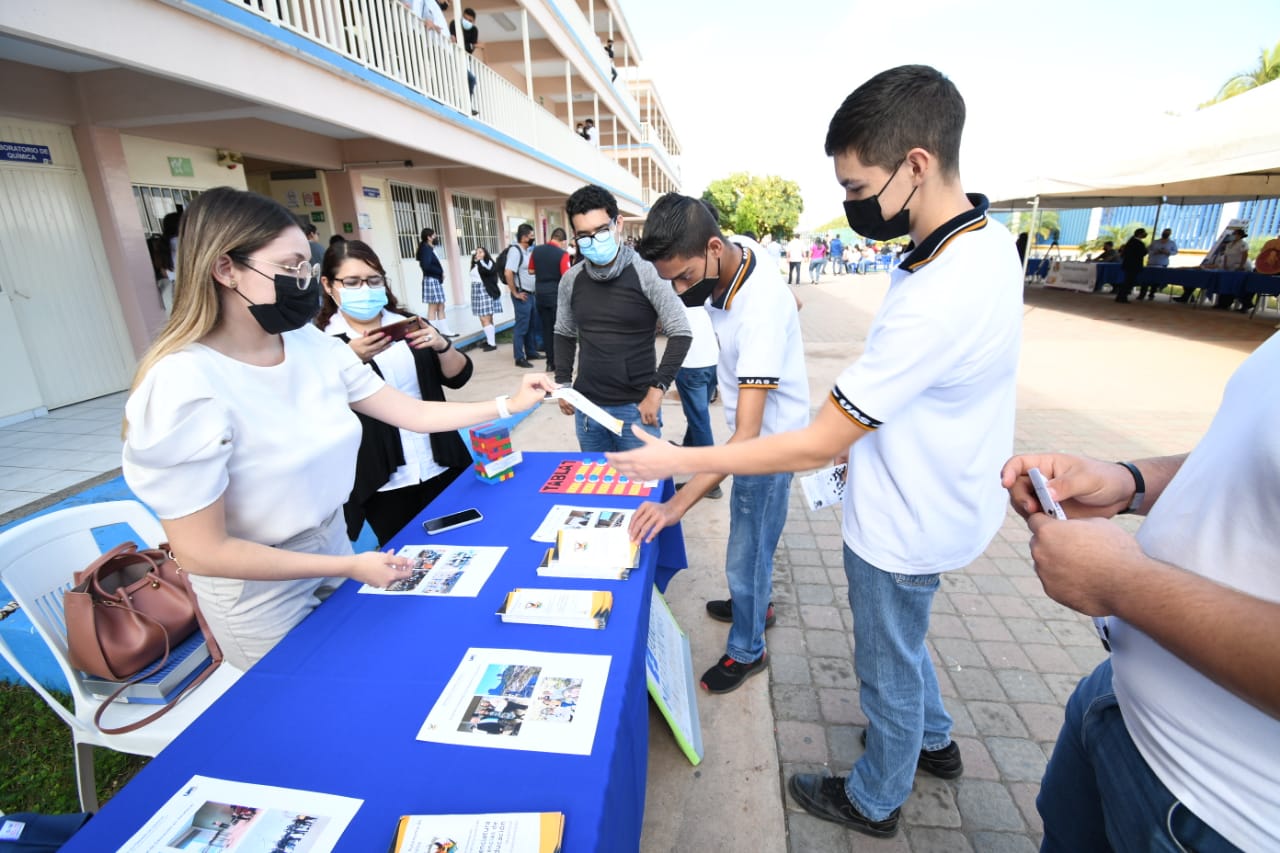NASA’s Chandra X-ray Observatory has shared a new way of experimenting with space, with three “sonicationwhich converts visible astronomical data into sounds.
The first sonication was for Westerlund 2, a group of young stars imaged in optical wavelength by Hubble and in X-ray wavelength by Chandra. As sound moves from left to right across the image, brighter lights are rendered louder, and lights toward the top of the image have a higher pitch.
The second sonication is for Tycho’s supernova remnant, with sounds starting at the center of the remnant and moving outward. The redder colors, indicating iron, are represented by lower tones, and the bluest colors indicating sulfur are represented by higher tones.
Finally, sonicate Galaxy M87 site appears The famous giant black hole at its center, with sound that sweeps across the image like radar. The light closest to the center of the galaxy is represented by higher tones and the light farther from the center by lower tones.
In addition to involving the general public in science, one of the main goals of the project was to allow people who are blind or visually impaired to appreciate the wonders of space, explained Kimberly Arcand, Chandra’s chief visual scientist.
“Sonication is tested and verified with experts and non-experts who are blind or visually impaired (eg, Astrophysicist, amateur astronomer, students).” She said. “Each sonication is created to better represent scientific data in a way that makes the most sense for the specific data, while still being accurately represented and telling the story, while providing a new way of conveying meaning through sound.” .
Arcand also said that he hopes his team can continue to cast more votes in the future as they have been well received. “From obesity tests conducted by users with different audiences (from students to blind or visually impaired adults), the response has been very positive. In fact, it is something emotionally positive.
“We certainly hope to continue working on a more complete design application for our astronomical data in general. As we can? We are excited to play a role in making the universe accessible to as many people as possible. “
Editors’ Recommendations





